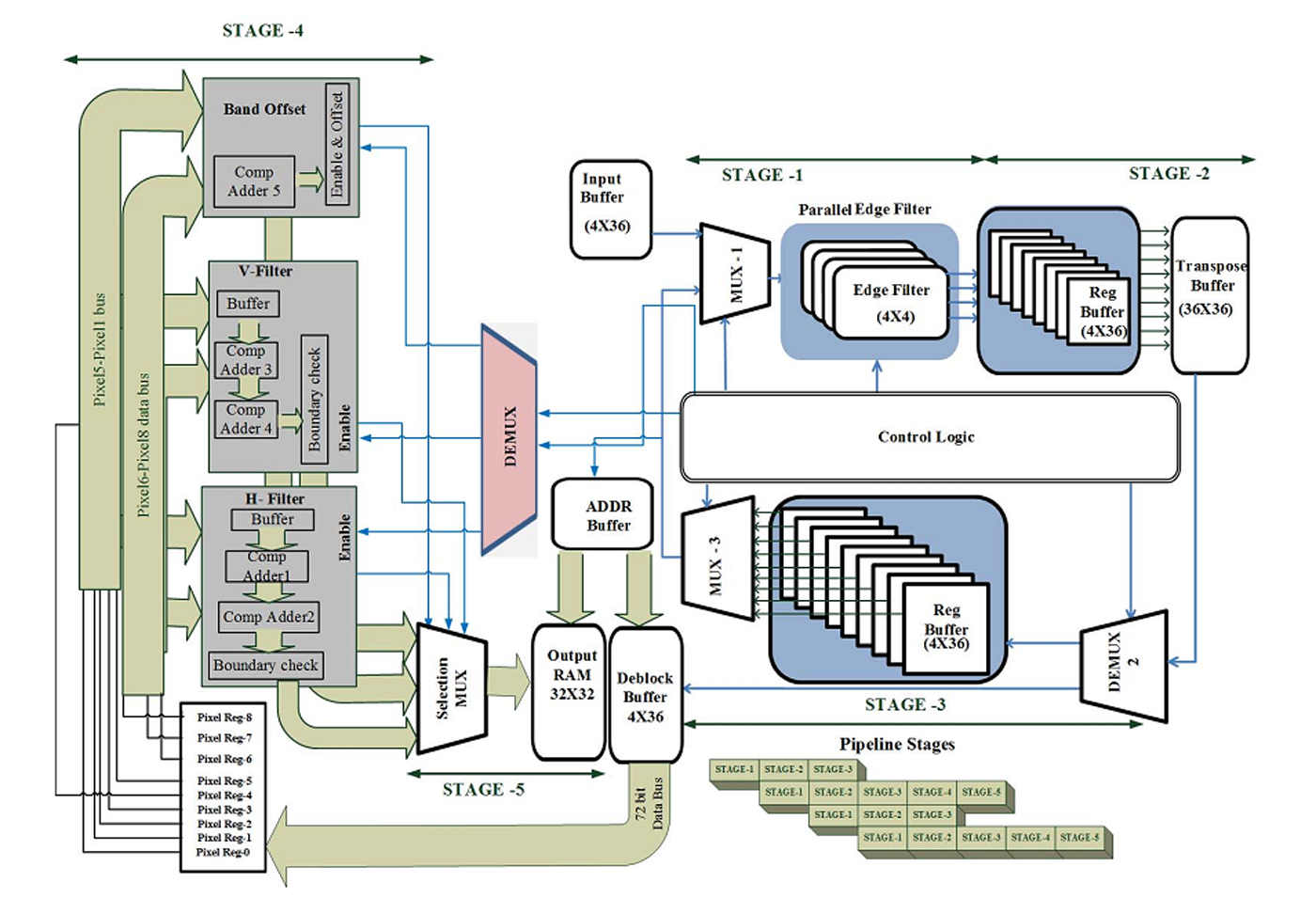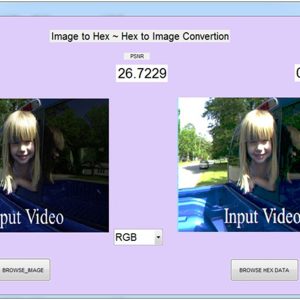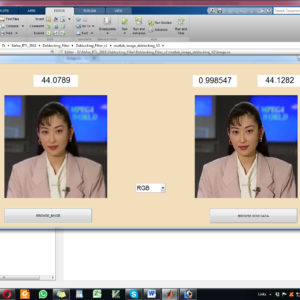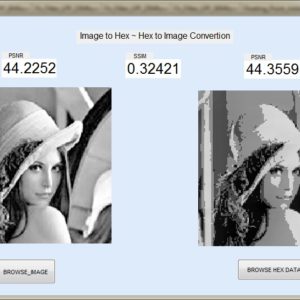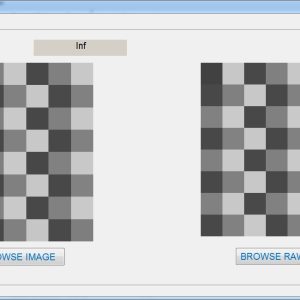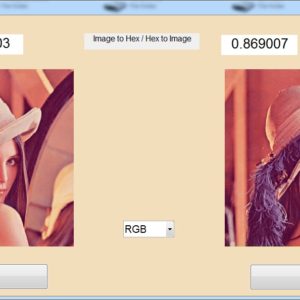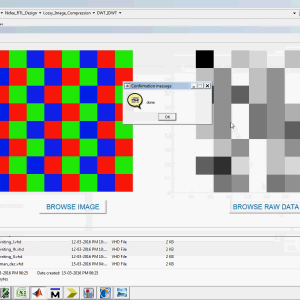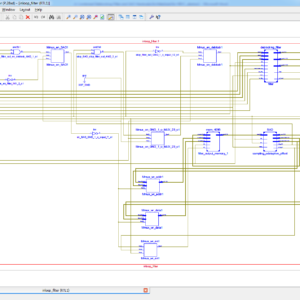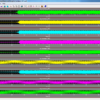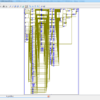Proposed Title :
FPGA Implementation of Video Coding Standard with Efficient Streaming Deblocking Filter and SAO for HEVC Decoder
Improvement of this Project:
To design a High Efficiency method of Deblocking Filter and SAO Filter for HEVC Decoder in Block size of 32×32 and 64×64.
Software implementation:
- XILINX & MODELSIM
Proposed System:
This paper presents a FPGA Implementation of mixed pipelined architecture and parallel processing for Deblocking filter and SAO architecture in High Efficiency Video coding (HEVC) standard. In this paper aims to developed HEVC architecture in low latency with increase throughput and reduce the number of processing cycles with using Edge filtering method of modified Horizontal and Vertical Boundaries. This proposed work will presents mixed pipeline architecture and conditions based filter decisions with multiple coding tree units on size 64×64, 32×32, 4×8, 8×4 block sizes. This proposed work is implemented on Field Programmable Gate Array (FPGA) platforms and compared with state of the literature and conclude the proposed work with 64×64 block size is suitable for all consumer High Definition applications, finally this design developed in Verilog HDL and synthesized in Xilinx Vertex FPGA XC5VFX200T-2FF1738 and compared all the terms of area, delay and power.
” Thanks for Visit this project Pages – Buy It Soon “
Design and Implementation of Efficient Streaming Deblocking and SAO Filter for HEVC Decoder
“Buy VLSI Projects On On-Line”
Terms & Conditions:
- Customer are advice to watch the project video file output, before the payment to test the requirement, correction will be applicable.
- After payment, if any correction in the Project is accepted, but requirement changes is applicable with updated charges based upon the requirement.
- After payment the student having doubts, correction, software error, hardware errors, coding doubts are accepted.
- Online support will not be given more than 3 times.
- On first time explanations we can provide completely with video file support, other 2 we can provide doubt clarifications only.
- If any Issue on Software license / System Error we can support and rectify that within end of the day.
- Extra Charges For duplicate bill copy. Bill must be paid in full, No part payment will be accepted.
- After payment, to must send the payment receipt to our email id.
- Powered by NXFEE INNOVATION, Pondicherry.
Payment Method :
- Pay Add to Cart Method on this Page
- Deposit Cash/Cheque on our a/c.
- Pay Google Pay/Phone Pay : +91 9789443203
- Send Cheque through courier
- Visit our office directly
- Pay using Paypal : Click here to get NXFEE-PayPal link

